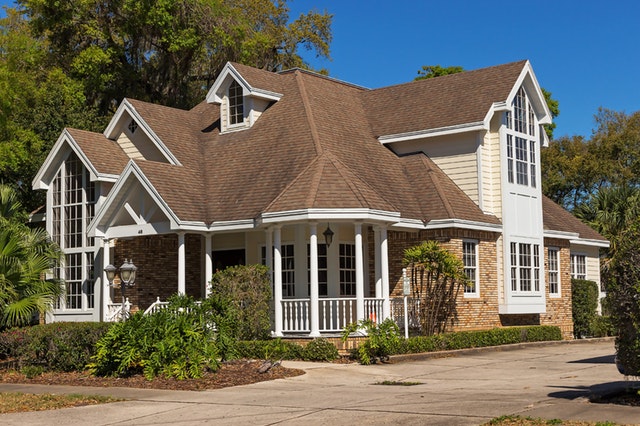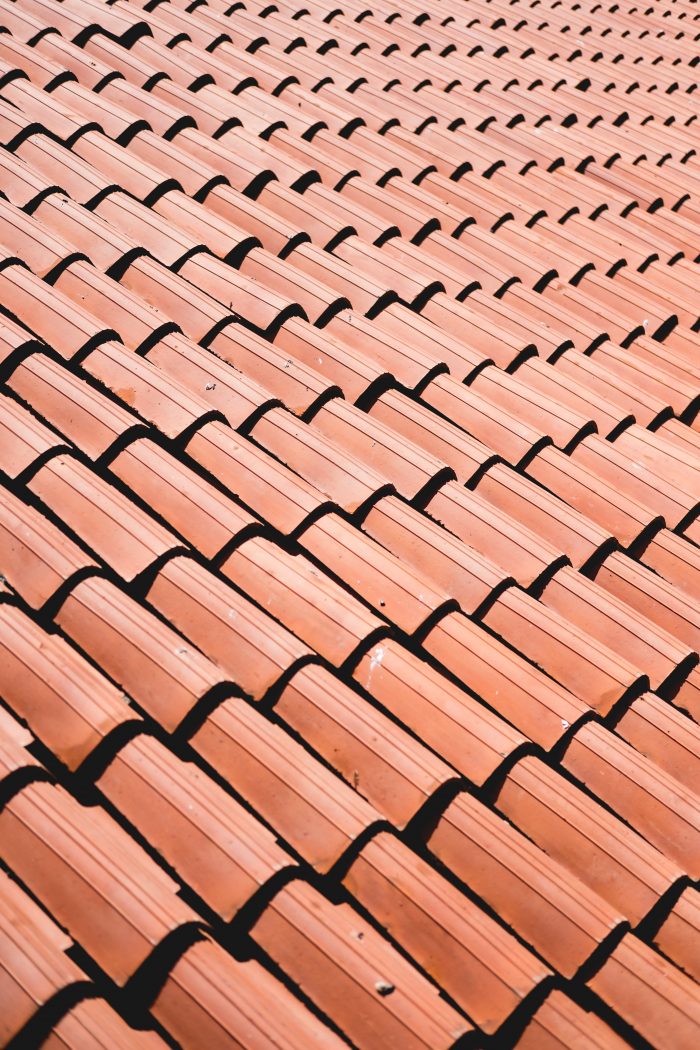When to Replace Roofing

A solid roof above your home is crucial if you want a leak-free, warm and cozy home. You don’t have to wait until water is pouring through the ceiling to pay attention to your roof. While repairs can help to restore a damaged roof and maintenance can prolong your roof’s useful life, it’s important to know when to replace roofing.
When to Replace Roofing
Sometimes, replacing your roof may be more economical than costly repairs. This article points out some of the potential signs that your roof may need to be replaced, no matter what type of roof you have.
- Roof Age
One of the biggest clues that you may need to replace your roof is age. As with most things, your roof has an expected useful life. Just because it looks good doesn’t mean it’s structurally sound. An asphalt shingle roof, for example, should last between 20 and 30 years. So, if your roof has five to ten years left, depending on its condition, it may be time to consider having it replaced.
- Shingles are Curling

Shingles can either claw, which is when the middle starts coming up and the edges stay flat or cup, which happens when the shingle’s edges turn upward. Both are signs that your roof is weathering and will likely leak in a rainy climate. Depending on the extent of clawing or curling, it could be anywhere from a year to five years before you need to replace your roof.
- Entire Shingles are Missing
Replacing missing shingles occasionally here and there shouldn’t be a problem. However, you need to bear in mind that it’s almost impossible to get new roofing shingles that will match the color of your old ones. Colors change with weathering and over time. There’s no harm in patching your roof until you have a bigger issue to deal with but if you’re doing it too much, consider replacing the entire roof.
- The Shingles are Cracked
Cracked shingles often occur after wind damage. If only a few shingles are cracked, you can have them replaced. If the cracking is widespread and random, that’s a typical sign that you should start thinking about replacing the whole roof.
- Granules in The Gutter
If you’ve just installed a new asphalt shingle roof and spot a bunch of granules in the gutters, that’s no cause for alarm. Those are often just extra ones that are loose. However, if it’s been 10-15 years, that’s a sign of a bigger problem. Granules help to keep the sun off the asphalt. So, once the granules fall off, the shingles will start to bake and quickly deteriorate.
Bottom Line
Knowing when to replace roofing will go a long way in maintaining your property’s structural integrity. Other signs that you should consider roof replacement include when the shingles are covered with algae or moss, when the entire roof is sagging and when you can see sunlight from your attic. The trick is to schedule regular roof inspections so you’re able to see the signs early enough and make necessary arrangements for roof replacement.
